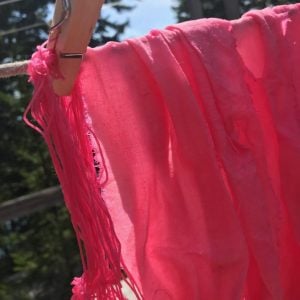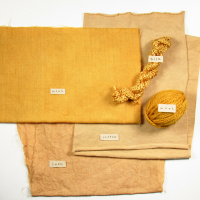The Reinvention of the Color Black (A Historical Perspective)
Nautilus writes: “Black is technically an absence: the visual experience of a lack of light. A perfect black dye absorbs all of the light that impinges on it, leaving nothing behind. This ideal is remarkably difficult to manufacture. The industrialization of the 18th and 19th centuries made it easier, providing chemists and paint-makers with a growing palette of black—and altering the subjects that the color would come to represent. “These things are intimately connected,” says science writer Philip Ball, author of Bright Earth: The Invention of Color. The reinvention of black, in other words, went far beyond the color.” From … Read more








